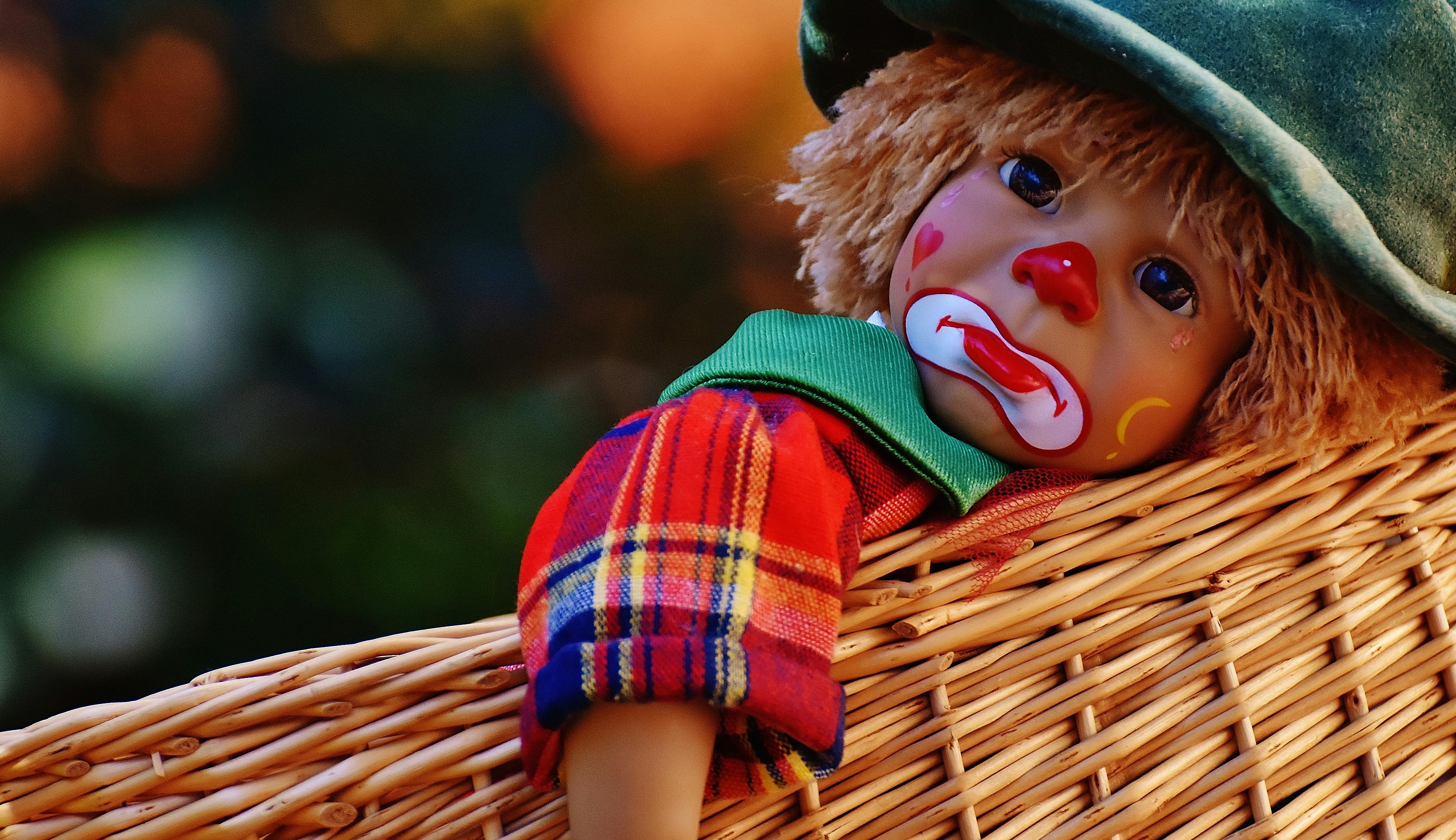How Children Grieve
How Children Grieve

This website is made for parents who have lost a child, but we must never forget that children go through the grieving processes as well.
Brothers and sisters of your beloved child who is know gone go through similar phases as adults, starting with shock and denial, then deep sadness, and later on they will come to the moment when they understand what has happened. Children will try to find their own ways to accept reality.
Here is how grief looks like within children of different ages:
Infants and Toddlers (0-3 years)
Limited Understanding: Infants and toddlers may not comprehend the concept of death, but they can sense changes in the environment and the emotions of those around them.
Behavioral Changes: They might exhibit increased clinginess, changes in sleep patterns, or irritability. Consistent routines and physical comfort can provide reassurance.
Preschool Age (3-5 years)
Magic Thinking: Young children often engage in magical thinking, believing that their thoughts or actions may have caused the death. They may ask questions like, "Will they come back?"
Play as Expression: Play is a primary means of expression for this age group. Engaging in play that reflects their feelings about loss can be a healthy outlet.
Early Childhood (6-8 years)
Understanding Death: Children begin to grasp the permanence of death, but their understanding is still limited. They may see it as reversible, much like in fairy tales.
Emotional Outbursts: They might express grief through anger, sadness, or withdrawal. Reassuring them that these feelings are normal is essential.
Middle Childhood (9-12 years)
Deeper Understanding: Children start to understand the finality of death and may grapple with complex emotions like guilt or regret.
Changes in Behavior: They may show changes in school performance, friendships, or engagement in activities. Maintaining open communication is vital during this time.
Adolescence (13+ years)
Search for Identity: Teenagers often confront their own mortality and may question their beliefs about life and death.
Mixed Emotions: They may display a range of emotions, from sadness to anger to indifference. Encouraging open dialogue and providing support is crucial.
How can we help children in the grieving process?
Encourage Open Communication - Talk About Death. Be honest and straightforward when discussing death. Use clear, age-appropriate language and allow them to ask questions.
Share Your Feelings: Model healthy emotional expression by sharing your feelings about the loss. This helps children feel that their emotions are valid.
Create a Safe Space for Expression - Art and Play: Encourage creative outlets like drawing, writing, or playing that allow children to express their grief.
Memory Projects: Consider creating a memory book or box together, where they can place pictures, letters, or mementos of the loved one.
Maintain Routines - Consistency is Comforting: Maintaining daily routines can provide a sense of stability and normalcy amidst the upheaval of loss.
Include Special Rituals: Incorporating rituals, such as lighting a candle or sharing stories, can help children feel connected to their loved one.
Monitor Behavioral Changes - Be Observant: Keep an eye on any significant changes in behavior, mood, or academic performance. If concerning behaviors persist, seeking professional help may be necessary.
Professional Support: Consider involving a therapist or counselor who specializes in grief to provide additional support.
The Importance of Patience
Grieving is a process that takes time, and every child grieves differently. Be patient and understanding as they navigate their feelings. Remind them that it’s okay to feel sad, angry, or confused, and reassure them that they are not alone.



